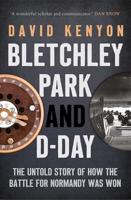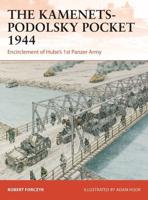Publisher's Synopsis
This book focuses in detail on a brief time period and a narrow concern: the strategic and tactical uses of tunnels by the Viet Cong during the middle and late 1960s. Although tunnels had been built since early in the war against the French, it was not until about 1966 that Americans fully perceived their extent and the dangers they presented. The tunnels were essentially eliminated by 1969, but not before they had provided concealment and surprise for many communist military operations, including the crucial turning point that was the Tet Offensive. My experience was that of a civilian scientist who studied the tunnels and the geologic settings where they were built. This had two purposes: (1) to predict where tunneling might or might not be feasible, thereby furnishing guidance for search operations; and (2) to determine the types of soils, rocks, and moisture conditions that any detection apparatus would have to be designed for. My dual status, as a civilian on a military project, gave unusual opportunity to observe and work with American soldiers on the front lines as well as those in headquarters, to meet with Vietnamese government officials and, within the limits of language, to become acquainted with some of the ordinary people. Limited as this experience was, it began a gradual transformation in my thinking as I reviewed the larger context of the war and other events preceding it.










